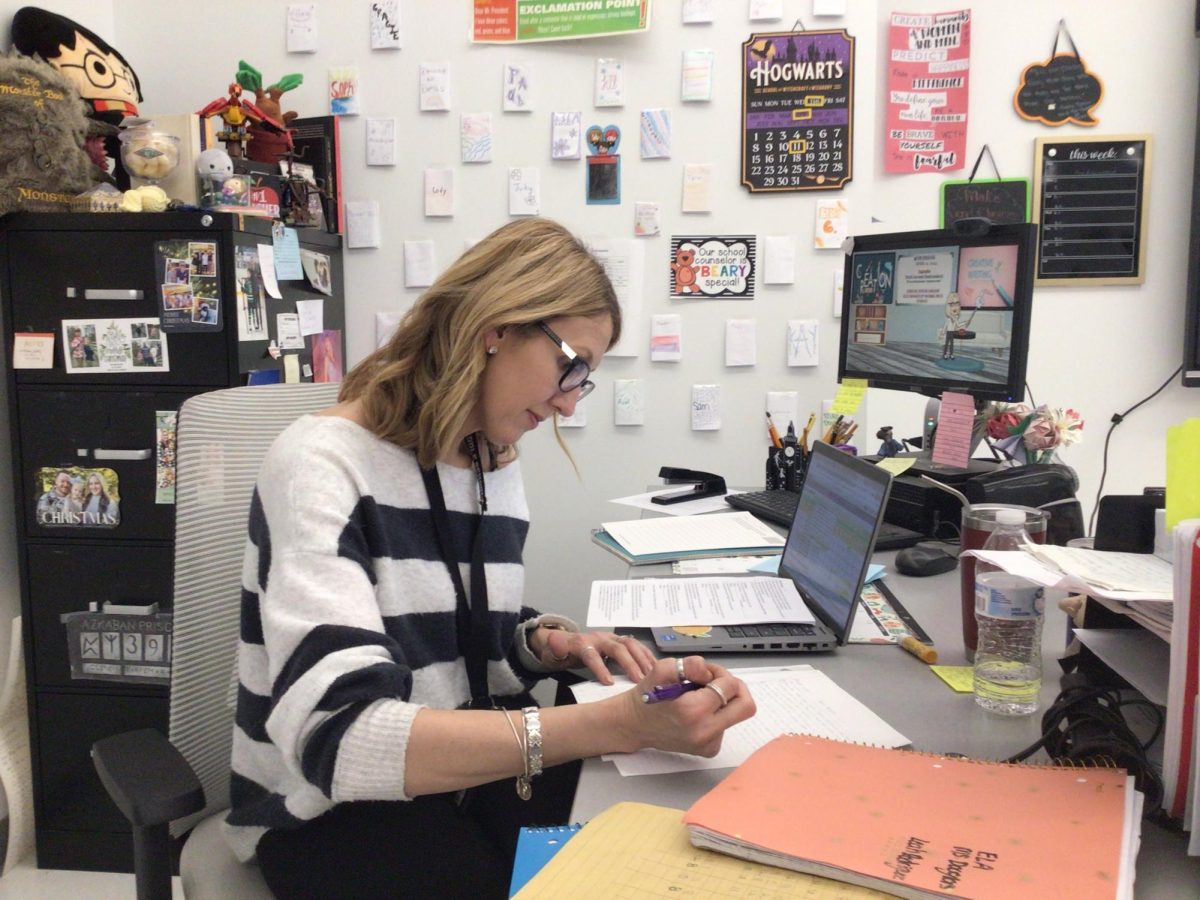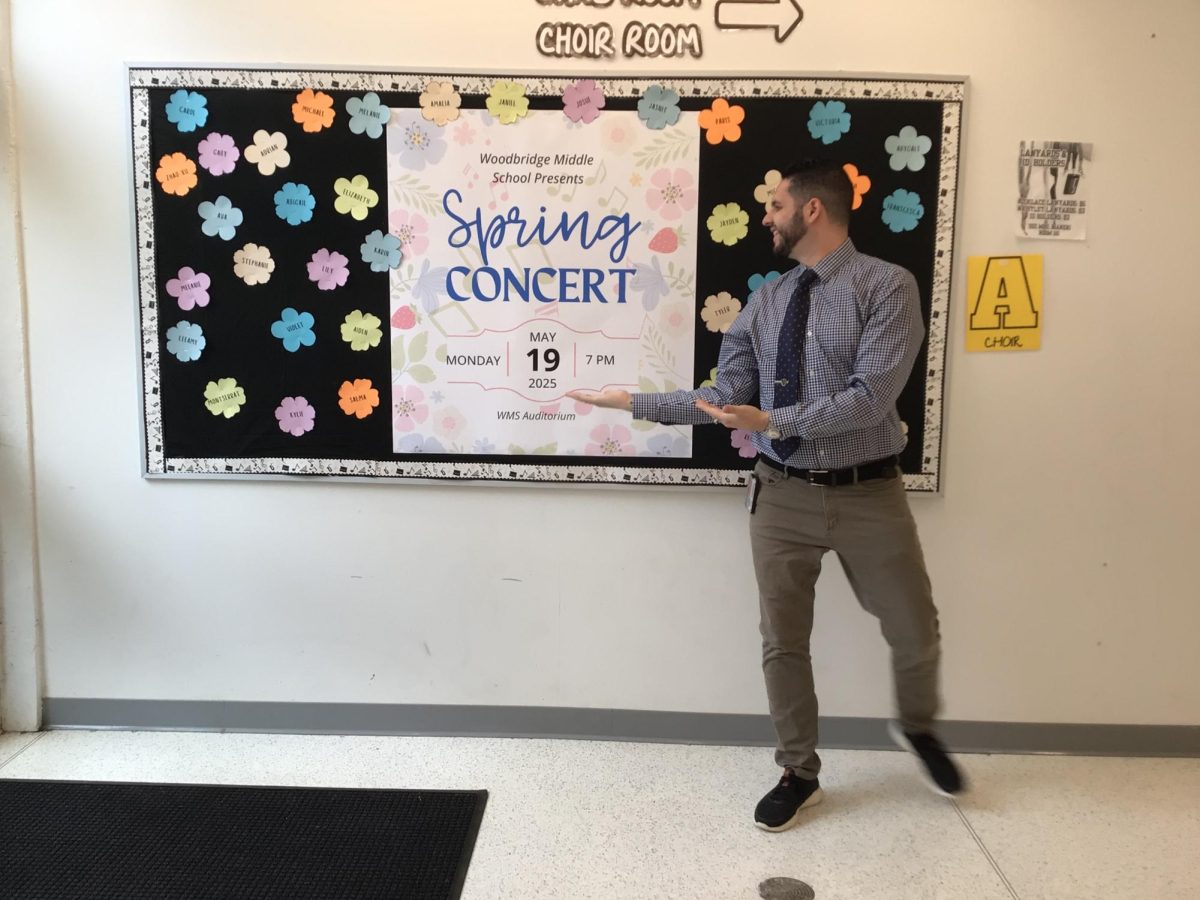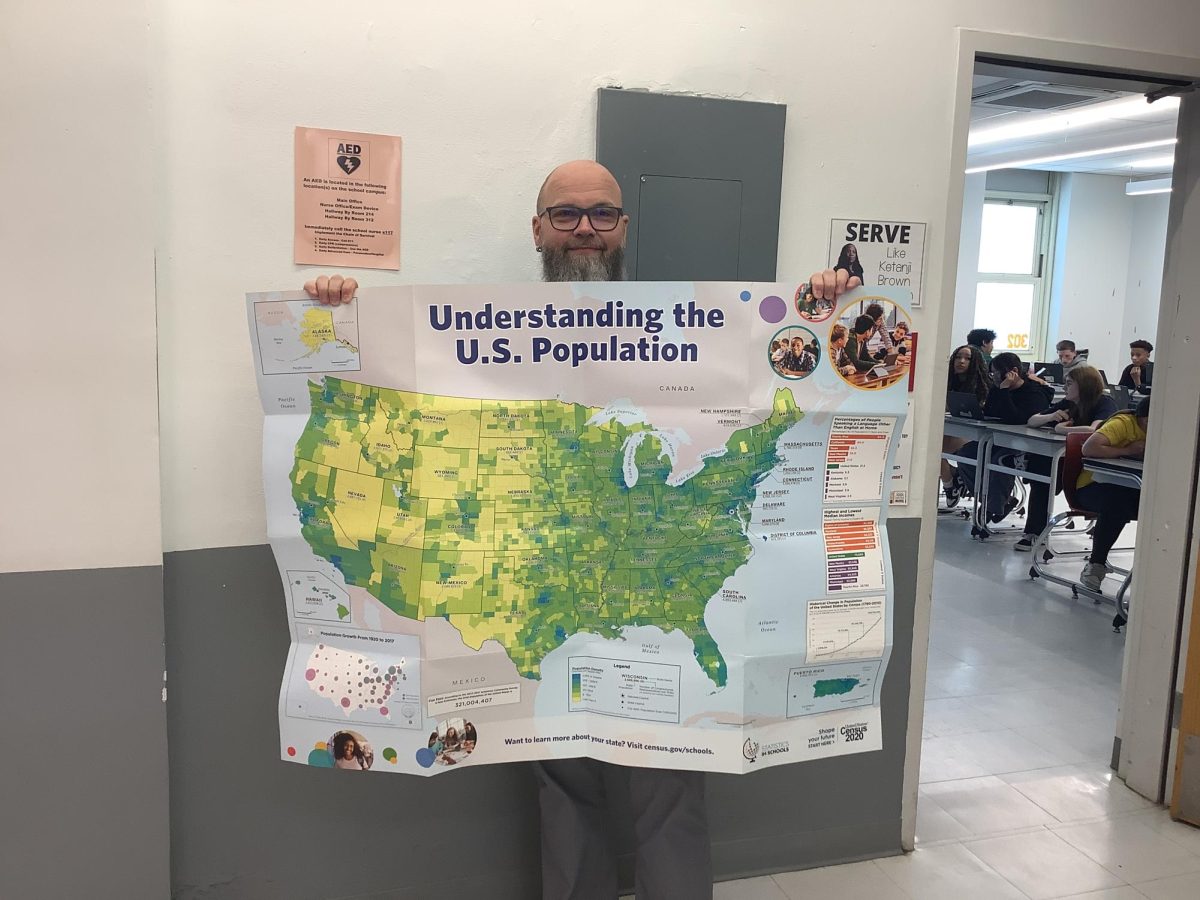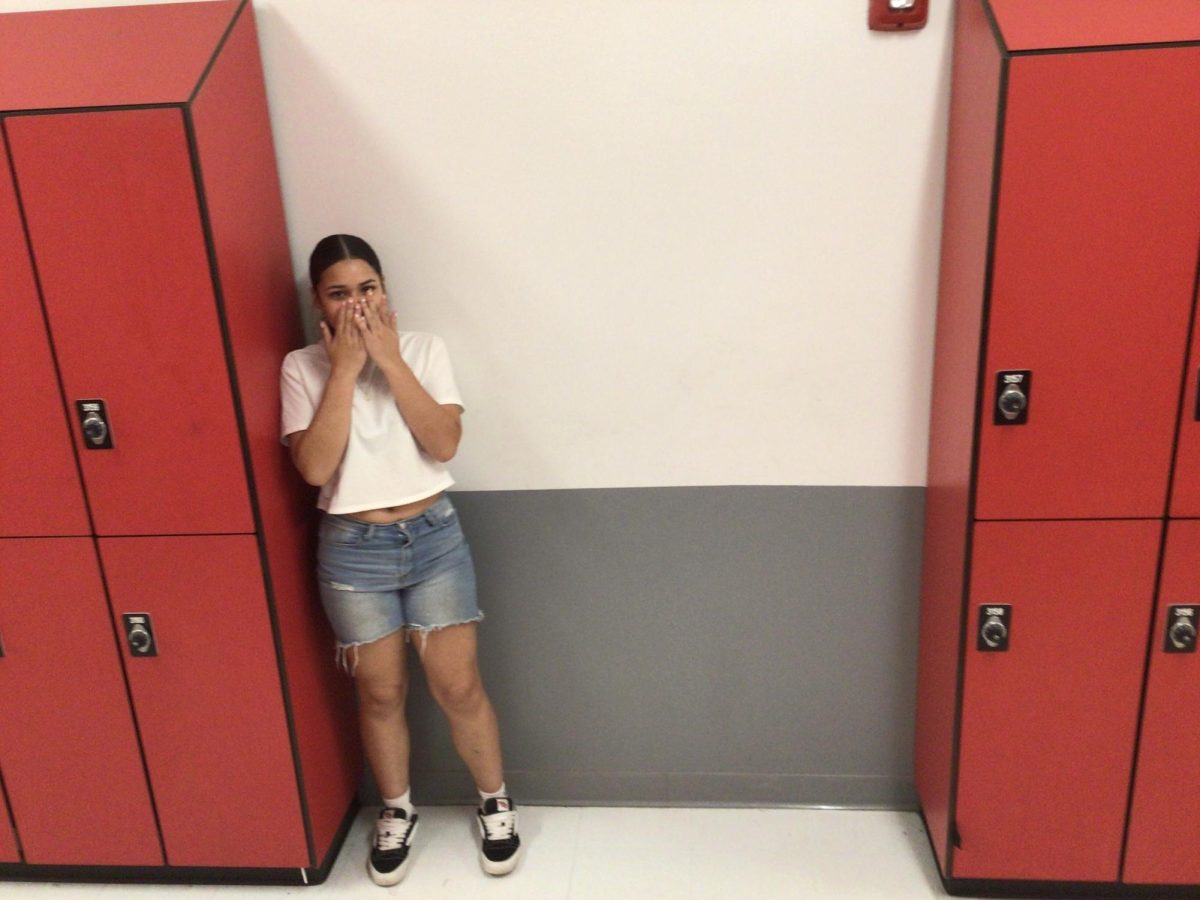8 hours a day. 5 days a week. But it’s actually even more than that. Teachers are constantly on their feet. Planning, teaching, helping students, and grading. Sometimes they are so focused on their work, they forget that they are human beings too. With the constant stress of school, there’s no time for ‘me’ time. Teachers influence the lives and futures of the next generation. But they don’t get as much recognition for it.
What inspired teachers to become teachers?
Where did all the amazing teachers get their passion for teaching?
Some teachers always knew it was what they wanted to do. Mrs. McHale, a teacher at WMS, stated, “I think it’s just something I’ve always wanted to do. Even when I was younger, I would play school and [give] my sister homework and lessons.” She also explained that she had two influential aunts that encouraged her to teach.
Others took more of a journey. Mr. Malmstrom, a language arts teacher at WMS, explained how he became a teacher. He had many influential teachers in high school who “planted the seed.”
In college, he wanted to go into finance and took finance related classes. Although he liked finance, Mr. Malmstrom majored in English because he had a passion for writing. When he graduated, he was going into finance but there was a credit crisis in the U.S. This led him into volunteering at an inner-city youth development program called the All-Stars Project. Working with children made him realize that he wanted to go into teaching.
Styles of Teachers
Every teacher is different. They each have their own style of teaching. Teachers can be laid back, strict, shy, or demonstrators. Personality isn’t everything though. The way they teach also contributes to their style. Whether it’s technology based learning, independent work, group work, or lectures, they all seem to get their teaching across effectively.
Mrs. Douglas, a language arts teacher at WMS, said she teaches with “a lot of love, a lot of passion, and high expectations.” A lesson almost never goes the way that teachers plan it. She says that teachers need to be “incredibly flexible” in their teaching.
Mr. Olvesen, a science teacher at WMS, described his teaching style as “ a lecture based instructor that requires [his] students to remain focused on a lecture. Which will lead us into lab or hands-on activities.”
He also commented about what characteristics teachers need to have. Mr. Olvesen said, “I think there needs to be a level of passion in what you are doing. If you don’t like what you are doing, why are you doing it?…If you are not passionate about it, it shows.”
Mr. Malmstrom said he is “a big believer in vibes.” He explained that if there are good vibes, students will feel more comfortable to be themselves. He stated, “I think that if students believe in themselves and they are comfortable enough to step out of their comfort zones, then they are going to do things they have never done in their lives.”
How do teachers plan and grade work?
Most students think that teachers can create and grade assignments in no time. But what they don’t realize is that teachers put in heaps of effort into planning and grading.
Mrs. Douglas said, “It takes a very long time. You have different levels of learning every year. Sometimes the stuff I used last year might not be high enough for the students I have this year.” Teachers have to be observant with their class and constantly adjust their plans.
If Mr. Olvesen had to teach a new lesson on a topic he has never done before, in one day, he said it would take 4-6 hours. Planning a whole new lesson for Mr. Olvesen would include: creating a thorough Powerpoint, finding pictures, making it look presentable, finding activities to go with it, and making sure he knows the information.
Mrs. McHale said, “I am planning all the time, I have sticky notes, I have a planner of what I want to do, I have notes of things that went well, and things that didn’t. I don’t know any teacher that goes home, their brain shuts off and they don’t think of school anymore.”
Grading work really depends on the length of the assignment. The time it takes to grade can depend on what the assignment is.
Mr. Malmstrom gave us his thoughts on grading. He said, “We’re grading forever. We’re never not grading.” Every time teachers grade something, a new assignment is up and ready.
How do teachers handle difficult situations with students?
There’s always one student in the class who acts out. This can include refusing to do work, failing, disturbing the class, and more. How do teachers handle it?
Mrs. Douglas says, “There’s a lot of things going on for kids in their outside life as well, which I think that they bring into the school. It makes it a little complicated and difficult for them to learn. I am incredibly sympathetic to what people are going through in their lives.”
She explains how if this were to happen, she would check in with the student and maintain an “open line of communication.”
Mr. Olvesen said, “I find that oftentimes the disruptive behavior is not because they don’t want to do the work, the disruptive behavior exists because they can’t do the work. Once you identify that the student is struggling, then you figure out approaches to try to curtail what they are looking for in their education.”
He says the worst part of teaching is when someone fails his class. He said, “I look at that as if I’m a failure…If you didn’t get your work done, it’s because I didn’t give you the tools to get it done.”
The Best Part of Teaching
Have you ever wondered what your teacher’s favorite part of their job is?
Mr. Olvesen stated, “The best part of teaching is…about 10 years after a student graduates, when they shoot you an email saying, ‘hey look what I did’…It’s fun in the classroom, seeing everybody having fun in your class. It’s nice to hear you’re my favorite teacher. But how many times do you get an email from somebody 10 years later that says thanks?”
Mrs. McHale said, “The best part is getting to meet so many different individuals. I think that I’ve found middle school to be my place. I found middle school very challenging so I want to make sure that I am taking what I have learned and make sure that every student feels comfortable.”
Mr. Malmstrom stated something everyone can relate to.
He answered, “There’s nothing that beats the feeling of making someone else feel good…If I have a student that has been struggling, either in class or even in the hallways, I can help them with something or help them realize that they are actually good at something they didn’t think they were. There’s nothing better in the world.”
Conclusion
Overall, teachers go through great lengths to give us the education we need. We might not see it, but they are always working hard. They have the opportunity to change and educate students’ lives, and they deserve far more credit for what they do than they get.
To whomever is reading this, I challenge you to take a moment in all of your classes to thank your teachers for all they do.















